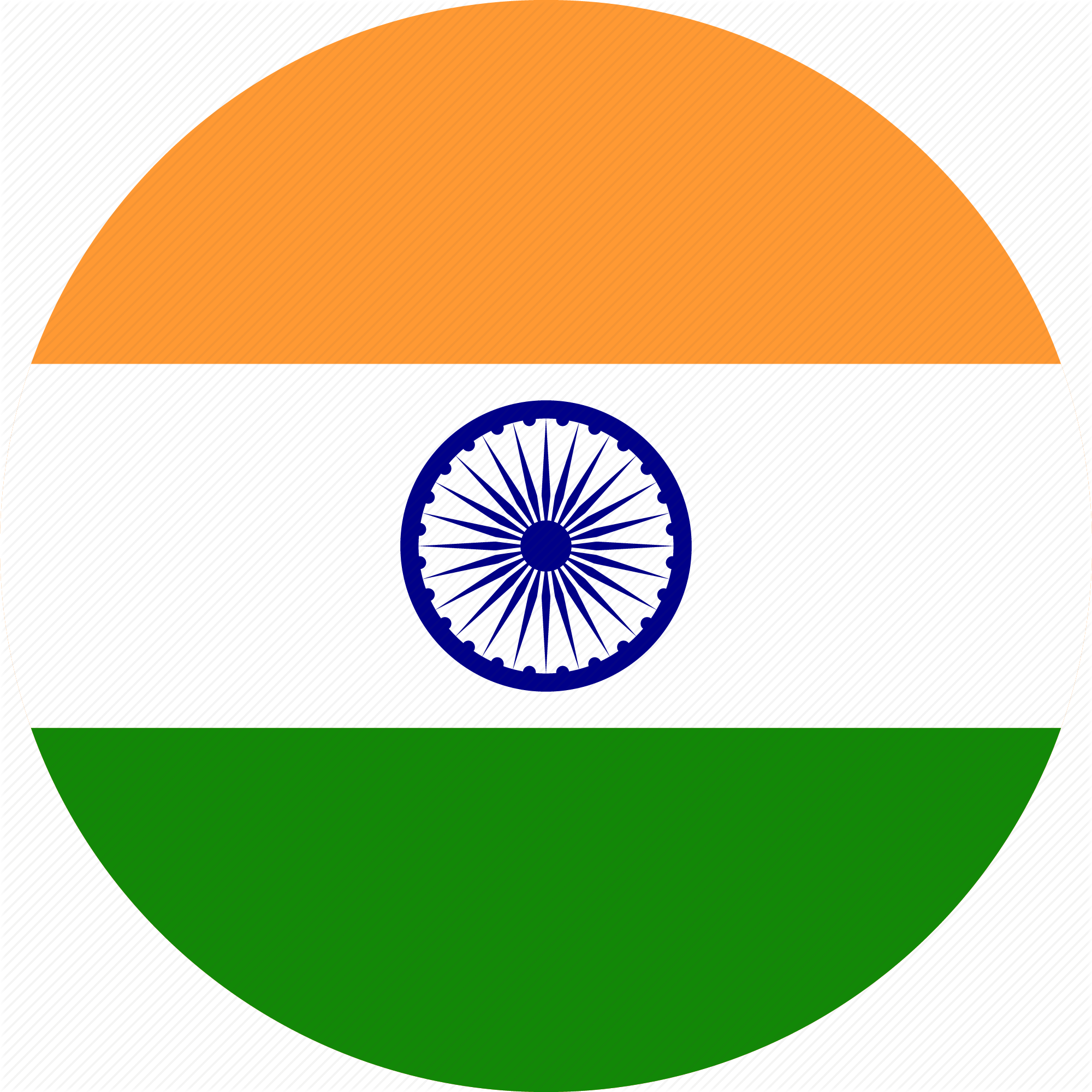Why Study in Singapore?
Singapore is considered as one of the safest countries in the world and recognized as the "Top Education Hub of Asia." Singapore is a shorter and cost effective pathway to USA, Canada, Australia, UK and New Zealand.
Singapore's student visa application procedures are fully automated and done online with all information easily verifiable the moment an application is submitted.
Singapore crime rate is one of the lowest in the world. Singapore is recognized for its low corruption rate and high level discipline among its local and expat population.
Singapore is recognized for its open society where multiple cultures, religions and nationalities, blend and interact well together.
Education in Singapore is ranked high based on UK, Canada, Australia, UK and New Zealand while being less costly.
Those with Singapore education have an an advantage in securing meaningful employment in Singapore and rest of the world.



 Singapore
Singapore 

 UK
UK 

 Canada
Canada 

 New Zealand
New Zealand 

 Japan
Japan 

 Malaysia
Malaysia 
 Australia
Australia  India
India  USA
USA